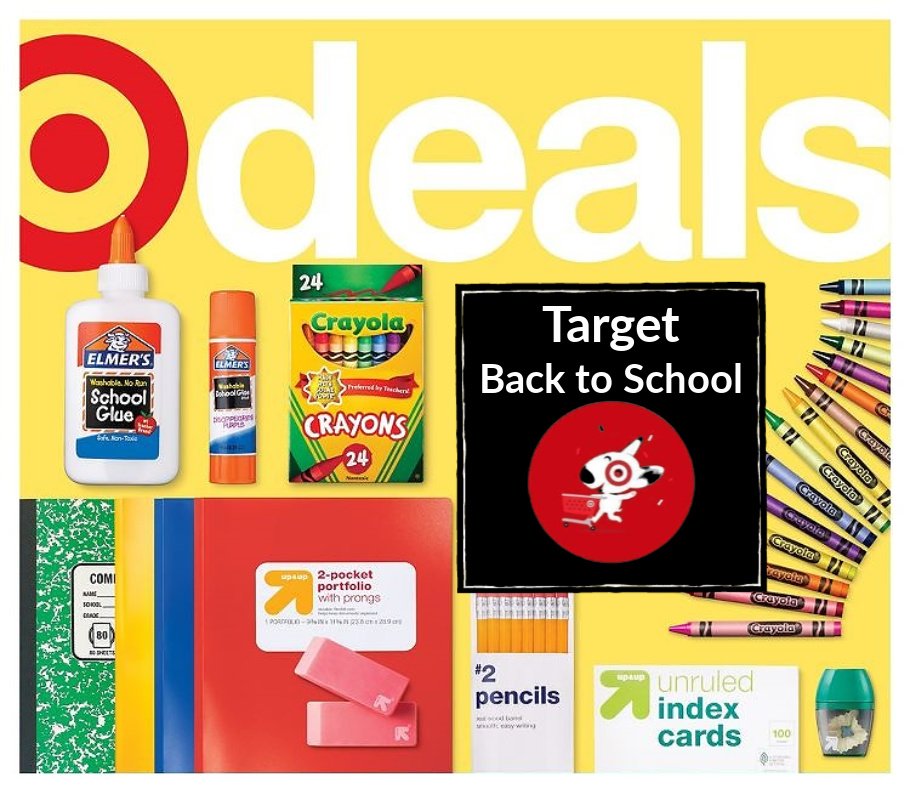
Originally introduced in 2015, Amazon's Choice is a program that helps buyers make purchasing decisions by recommending products that are relevant to their search. It was developed to combat the phenomenon of "choice overload", where there are too many options for a particular search query. It uses data-driven algorithms for selecting products. It also requires products to have a low return rate and a competitive price.
Amazon's Choice is a badge that will make a product appear higher in search results. But it does not always mean the best. However, products without this badge may see a 30% drop in sales. The badge is often given to products with higher-than-average ratings, fast shipping, and quality content.

Amazon's Choice doesn't require a lot of sales, unlike the Best Seller badge. Rather, it requires a product with an average customer rating of at least four stars, a competitive price, and a reasonable return rate. In addition, the label is only given to items that perform well on the site.
You can find the AMZ Choice label on both mobile devices and desktops. The label is typically located in the upper left hand corner of the featured photo. This badge can also be found on products that have a voice search feature. This allows customers the ability to narrow down their search using Alexa, Amazon's voice based smart speaker. This badge can be used to suggest items via voice.
Amazon's Choice Badge is a useful program that enables customers to make better buying decisions. It uses data-driven algorithms that pick relevant products based on a search query. The program demands that products have a low price, a low rate of return, and minimal reviews. It can be difficult to comprehend the criteria of this program.
There are many different badges with the same name, including Amazon's Choice. One example is the best-seller badge. This badge boosts products that are selling most units per hours in a specific category. It is also more mysterious than Amazon's choice. The Best Seller badge is not the best choice, however. This badge is less likely to be awarded than the Amazon Choice badge.

Amazon's Choice logos don't often appear on product pages sourced via directories. It is not possible to see the logo if a product doesn't belong in a particular type of category. But, most products are likely to be listed as Amazon's Choice.
Amazon's Choice logo is a small white and orange badge with a black background. It is often the first search result for a particular query. It is also one of the most visible badges on the site. This label is also a highly sought-after badge for sellers. The badge is an excellent way to showcase the value of your products.
FAQ
Can I buy clothes online and return them?
Absolutely! It is actually much easier to buy clothing online. All major retailers offer returns free of charge. Simply print off a label and drop it in the mail.
You will only be eligible for a refund once the item is received. So, if you change your mind about the product, you'll need to send it back.
Why is it important that you make a shopping plan?
A shopping list helps you remember what you need to buy when you go grocery shopping. It will help you not run around the grocery store looking for items that you have forgotten. It makes it much easier to find the item you need if you don't know which aisle it is.
In addition, a shopping list will save you money. A shopping list can help you save money. For instance, if you know what you need (milk, bread, eggs), butter, cheese and cereal), you can go to the supermarket and pick them up.
Should I be concerned about my privacy while shopping online?
It is vital for consumers to find out what information they are giving up when they use Amazon.com. Amazon.com should be asked if consumers want to share any personal information. If you do not want to give out this type of information, you may have to limit your shopping on sites where you feel comfortable sharing your private data.
How do I avoid being scammed when buying online?
It is vital to remain vigilant when buying online. Always read reviews and look up customer feedback before making a purchase. Also, never send sensitive financial information via email. Instead, you should use secure sites such as PayPal. By doing this, you can feel secure knowing that your personal information is protected.
Statistics
- An approximately 90% increase in price affords Hotel X the opportunity of extreme profits under severe circumstances. (dos.ny.gov)
- The tax is automatically added once you click the checkout button, so factor in an additional 20% when looking at the product page. (makeuseof.com)
- According to the Federal Trade Commission (FTC), online shopping was the fourth most common fraud category for consumers as of February 2022.5 (thebalance.com)
- Last Black Friday, I bought a stove from Lowes at 40% off, receiving 24 months of interest-free financing (from Lowe's). (meetfabric.com)
External Links
How To
How to shop safely online
Online shopping is one of the most convenient ways to buy goods and services. However, this convenience comes at a price. There are benefits, but also dangers to shopping online. Identity theft is the most serious risk. Identity thieves use your personal data (name, address, credit card number) to steal money from you or take out fraudulent loans against your name. The thieves then sell the stolen information on black markets. If you want to stay safe while doing business online, here are some tips to keep in mind:
-
Use secure websites. SSL encryption is free for most online stores. All information you enter on their website, including names, addresses, phone numbers and credit card details, is protected by SSL encryption so that only you can view it. It blocks anyone from seeing the information you enter. It is important to verify that an authorized CA has issued a valid certificate before you shop online. When browsing, look for the padlock icon in the URL bar.
-
Don't give away your password. You will be asked to confirm your email address, username, and password when you sign up for a brand new account. These credentials must not be shared with third parties. These credentials should not be written down. Someone could steal your wallet and gain access to your accounts. Instead, save them securely on your computer. Your passwords should be changed at least every three to four months.
-
Keep track of all your orders. If you're sending items to yourself or others, make sure you keep track of where you send those packages. Many people fall prey to fraud by believing that they sent something to themselves but it was actually sent to someone else. Before you send anything, always verify the tracking number. You should never ship anything without proof of delivery. If you aren't satisfied with the service rendered, please contact the company right away.
-
You need to be aware of the person you're dealing. Many websites ask you for sensitive information, including your full name, date and birth, Social Insurance Number, bank routing number, and social insurance number. These details help them identify you, so be careful about giving them out. Google "what does the website need" if you aren't sure if it needs these details. You will find plenty of information.
-
Pop-up windows are a danger. Many websites will bombard you daily with pop-ups offering special offers, discounts, and other products. Some ads are legitimate but some are intended to trick users into divulging private information. Fake antivirus programs might ask for your bank information, credit card number, and social insurance number. Don't click on any links that seem suspicious to avoid being tricked.
-
Beware of phishing scams. Phishing scams involve hackers pretending to be from reputable businesses in order for consumers to hand over their financial details. Phishers will often send emails that appear to come from banks and retailers encouraging customers to log into their accounts and update any information. Once you've given away your information, the hacker has control over your finances. Hackers could even take over your bank accounts or transfer funds from one account to another. You have many options for identifying a scam email, including How to Spot Phishing Scams.
-
Do your homework. Read the fine print before signing up to any deal. The terms and conditions of any contract you agree to must be clear and easy to understand. It is important to carefully read the terms and conditions. Saving money is as simple as avoiding hidden fees and charges.
-
You can shop around. You shouldn't be afraid of shopping around. Compare prices across multiple websites until you find your best price. You can also compare shipping prices when ordering multiple items. Shipping rates can vary widely depending on which website is used. It is worth paying extra for faster shipping.